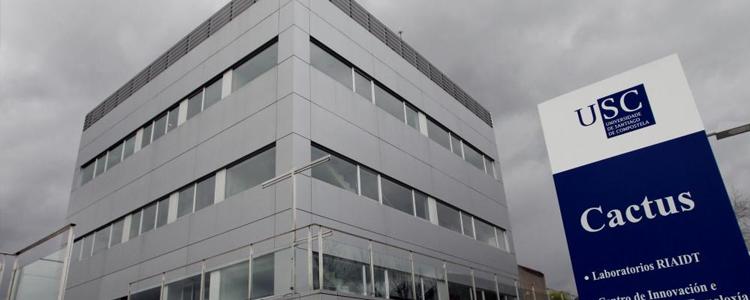
Its objective is to improve general availability and operability for the USC’s research support resources.
It performs the following functions:
• Providing support to the USC’s researchers, research groups, departments, institutes, centres, and services, as well as to other public or private entities in the context of agreements or contracts entered into by the USC.
• Conducting its own methodological research on the experimental techniques needed to improve and expand the services it provides, in accordance with the guidelines from the USC’s scientific policy.
• Advising the university community regarding all aspects within its scope of activity, and raising awareness about the services it provides.
• Providing training for the USC’s researchers in the techniques implemented at the units and areas from the network, so that they can take maximum advantage of the infrastructure available.
• Inductively coupled plasma optical emission spectroscopy (ICP-OES)
• Inductively coupled plasma mass spectrometry (ICP-MS)
• CHNS element analyser
• Thermal analysis:
-Differential scanning calorimetry (DSC)
-Simultaneous thermogravimetric analysis and differential scanning calorimetry (TGA/DSC)
-Isothermal microcalorimetry (TAM III)
• Transmission electron microscope (TEM)
• Scanning electron microscope (SEM and Cryo-SEM)
• Laser microdissection
• Ultramicrotomy
• Cryo-ultramicrotomy
• Study of molecular interactions (Biosensor)
• Biological sample processing laboratory for TEM and SEM
• Critical point dryer
• Sputter coating system
• Freeze dryer
• Plant cultivation chamber (Fitotron)
• Ultracentrifugation
Imán de 11.7 T Wide-Bore
Sondas:
- Sonda OneNMRTM para RMN en disolución de dous canais 1H, X. Accesorio AUTO-TUNETM.
- Sonda de RMN de sólidos PENCILTM. Rotores de 5 mm de diámetro (aprox. 200 mg de mostra). Rotación MAS ata 12 kHz. Accesorio LOW GAMMA BOXTM para núcleos de baixa frecuencia.
- Sonda para RMN de semi-sólidos NANOPROBETM de dous canais 1H, X
- Sonda para MRI in-vivo MILLIPEDETM. Accesorios: posicionador de mostra, sistema de anestesia e monitorización.
- Conventional animal research laboratory:
- Barrier zone for housing rodents, with 7 rooms dedicated to maintenance and breeding
- 2 rabbit maintenance rooms
- 1 quarantine room
- 1 laboratory with all equipment needed for basic procedures
- 1 operating room with surgery table, lighting, and isoflurane anaesthesia equipment
- Infectious animal laboratory:
- Surface air system (SAS)
- 1 maintenance room with negative pressure hood
- 1 cleaning area with autoclave
- 1 laboratory with freezer and biosafety cabinet
